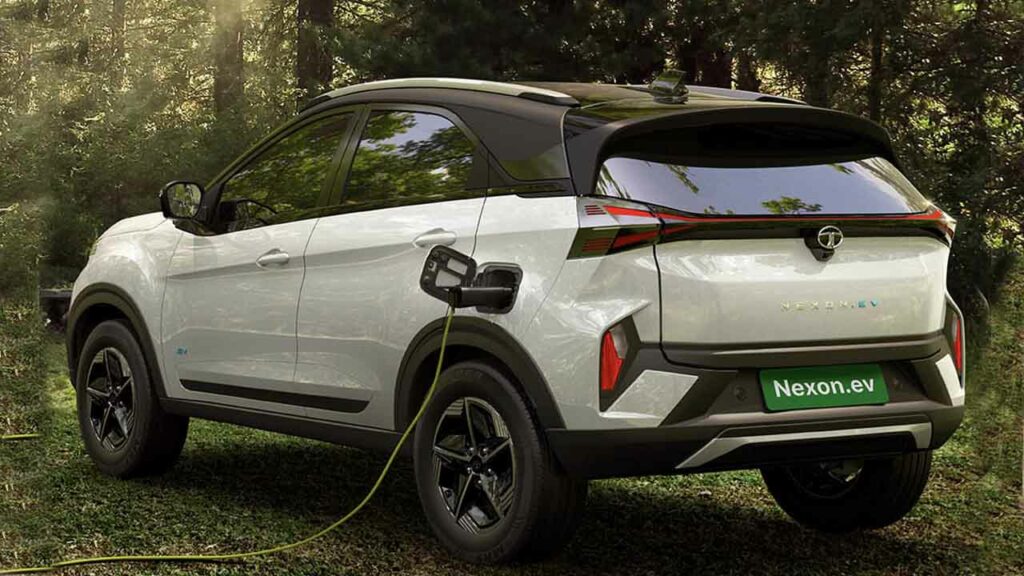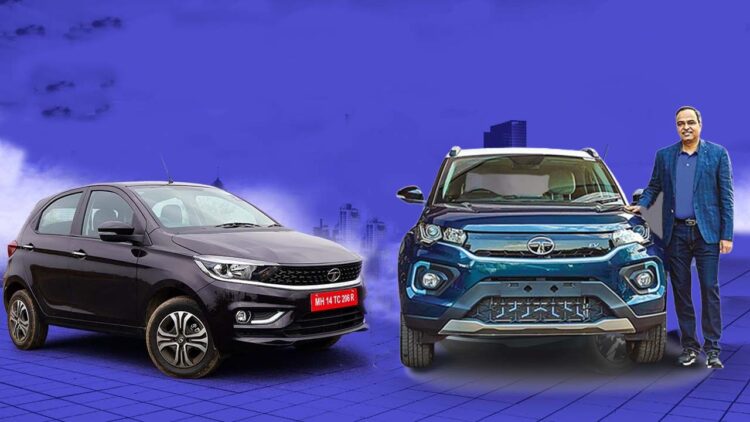Mr Shailesh Chandra, MD, Tata Motors has hinted at game-changing developments in the auto sector.
In recent years, the EV sector has shown steady growth in the Indian market. While walking in Delhi, I have seen hundreds of electric two-wheelers and three-wheelers. There are also multiple charging stations across the city. Sales figures for electric SUVs have also spiked lately. Encouraged by the government push, auto brands have multiple EVs on the road and in the pipeline. However, electric cars are still mentioned with a caveat due to price differences from their ICE counterparts. Now, Tata Motors MD has claimed that this gap will be closed in the next 12-18 months.
You may also like: Indian Vlogger Gives a Walkaround of Budget-end Toyota Fortuner Leader
Now, a forecast from Tata Motors MD, Shailesh Chandra has sparked intrigue and excitement within the automotive industry and among EV enthusiasts. He claims that the price parity of EVs and ICE cars is imminent. Mr Chandra was speaking at the Autocar Professional’s India EV Conclave. According to him, the auto sector has made incredible strides in the EV sector and the mass-market electric cars are expected to catch up to their internal combustion engine counterparts within the next two years.
“In less than 1 year, 1 and a half years, you are going to see a 200-250 km real range car in the mass market, hitting that level,” said Shailesh Chandra, Managing Director, Tata Passenger Electric Mobility. He based his optimistic prediction on reducing battery costs, improved range, and government incentives. The Tata Motors MD added that the range for mass-market EVs is anticipated to reach 200-250 km. Meanwhile, the battery costs are expected to reach the much-awaited milestone of $100 per kilowatt-hour.
You may also like: Vlogger Sleeps as Mahindra XUV700 Drives Itself at High Speed
ICE Cars to Get Costlier
On the other hand, the cost of internal combustion engines is expected to go up due to pressures to meet changing emission compliance guidelines. Meanwhile, the electric car market in India is set to surpass the 1 lakh mark this financial year. Currently, the price disparity between EVs and ICE cars is due to substantial import content and high battery costs. So, the EV adopters have to pay a premium of 20-30% over traditional ICE vehicles. Mr Chandra added that a lower Goods and Services Tax (GST) rate of 5% will enable Tata Motors to offer EVs with competitive pricing soon.
Tata Motors is already a dominant share in the Indian EV market. Around 15% of its current sales already come from electric vehicles. The company hopes that the EVs will contribute to 30% of its total sales by the end of 2027. It has already committed to invest $2 billion in the EV business and it plans to introduce a lineup of 10 electric vehicles by 2025. With six-digit annual EV sales on the horizon, Tata Motors is positioned for substantial growth. The Tata Punch EV is expected to arrive in early 2024. It is expected to offer a similar range as the Nexon EV. It is likely to be priced between Tiago and Nexon EVs.

You may also like: Indian Vlogger Surprises Wife with Ford Mustang Mach-E in Canada
Author’s Note
The implications of the new forecast by Tata Motors MD are pretty big. It essentially means that the high-performance EVs will certainly become more affordable. This will be a big win for both consumers and manufacturers. The sales split between ICE and Electric cars is bound to lessen. However, it is to be noted that the sales also depend on trust and infrastructure outside the bigger cities. Still, it is heartening to see that the auto sector is evolving in the right direction and working towards a sustainable future for the plant.


